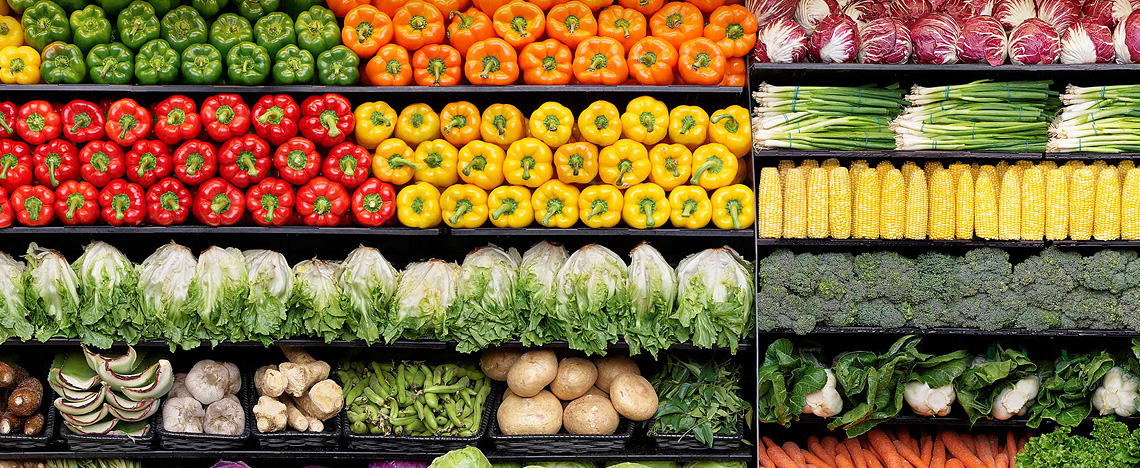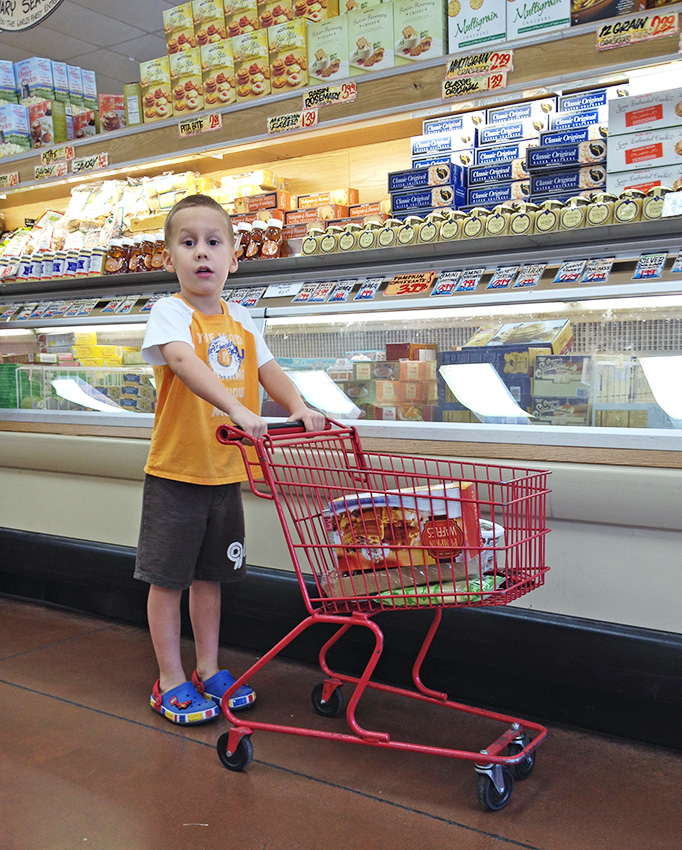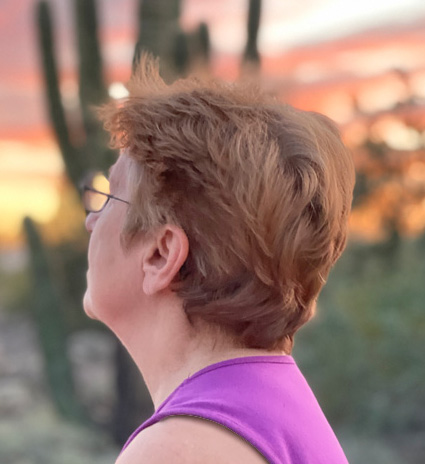
About organic products
What’s the deal
Organic products. All packages of these products are labeled “Organic” and are FDA (U.S. Food and Drug Administration).
Also on the goods of this product group there are such markings:
- GMO Free or NON-GMO
- Grass Fed – products of grass-fed animals and a percentage may still be affixed, 100%
- CCOF – California certified organic farms (California standards are higher than other states).
- GF – Gluten free
- Fair trade certified – this is when companies buy goods in underdeveloped countries, but pay full market price for them, not cheap. Therefore US companies let them grow and support it.
All of these certifications are conducted by non-profit certifiers, but there is also a government standard, USDA Organic. I can’t say better about this standard than Internet says about it, so I quote from there:
„American USDA Organic is a national organic standard developed by the Department of Agriculture US economy. It was adopted as part of the national program for the transition of American citizens to the consumption of healthy and natural organic products, so its uniqueness is that it is enshrined at the state level“.
Only specialists of the US Department of Agriculture, its FDA subdivision, can carry out certification according to it. The standard was originally created for foodstuffs, but is now being used to certify cosmetics as well.
The standard ensures that products labeled USDA Organic, with the exception of water and salt, are 95% composed of only natural ingredients. It is used to confirm the environmental compliance of exported or imported products, so it is valid not only in the United States”.
At first I assumed that „organic” is a commercial trick to rip off more money. But my daughter says: „it’s all serious, that farms are checked and certified”. She has an application on her phone which, using a barcode, determines, on a ten-point scale, the content of harmful substances in a grocery product or cosmetics.
The stores we go to.
The stores we buy products from are “Trader Joe’s”, “Whole Foods Market”, “Sprouts Farmers Market”. These are approximately stores of the same assortment, but in one store dairy products and some types of vegetables are better, in another meat products and other types of vegetables are better. Therefore, usually before we buy everything, we have to visit several stores. While organic products are labeled on packages, organic vegetables have separate counters. Organic vegetables have different color price tags, and same color plastic bags are used for their packaging. Some vegetables and fruits (watermelons, melons, each apple and avocado) are labeled “organic”.
Another popular retail chain is Costco. It sells furniture, clothes, household goods, household items and products, but in large quantities, like our Metro. This store buys an annual membership, and with this card you can purchase goods in Costco stores in any state or even in any country where there are such stores.
There are also farmers’ markets, where they areselling fresh vegetables only directly from the farm’s garden. Baskets with vegetables are placed on the counters and people walk between the rows and pick up goods in their baskets. Then they approach the cash registers, where the vegetables are weighed and packed. But these markets work only in the first half of the day and are closed for the summer period, because of the heat, vegetables quickly lose their condition.
Certification and manufacturers.
In order to be certified, a producer needs to meet certain criteria, which depends on the type of product and are prescribed in the requirements for each certificate in the respective industry. specialists of the certifying party check the manufacturer for compliance with these requirements every year. And therefore, unfortunately, not all small manufacturers can afford to re-certify their products, it is expensive to maintain certification. Thus, labeling disappears from their products, but many continue to follow the requirements of organic production, most producers do it out of conviction, and not in pursuit of profit. In the case of organics, quick enrichment is a very controversial issue, it is much faster to make money on ordinary products, because it is definitely cheaper to manufacture, and therefore to the end consumer.
And sometimes the reverse situation happens — some manufacturer receives a certificate, his production meets all the requirements, but his farm is surrounded by several highways. Pollution will inevitably settle on his field or get into livestock feed, etc. In other words, certification, unfortunately, does not guarantee that the products were not subjected to any violations of the necessary production standards during manufacturing. There are several documentaries on Netflix describing the horrors of producing most non-organic meat, dairy and plant products.
Where products are shipped vary from state to state. In Arizona, the main suppliers of fruits and vegetables are the states of California, Oregon and local farmers. Products also come from Canada, Mexico, Brazil, depending on the type of products. For example, the best lamb is from Australia and New Zealand. The Asiana supermarket has a lot of products from India, China, Vietnam and other countries of Asia and Eastern Europe. There are products from Russia, Ukraine, and the Baltic countries. But we began to visit Asiana and the Russian store less often, except perhaps for herring, cottage cheese and sunflower oil.















